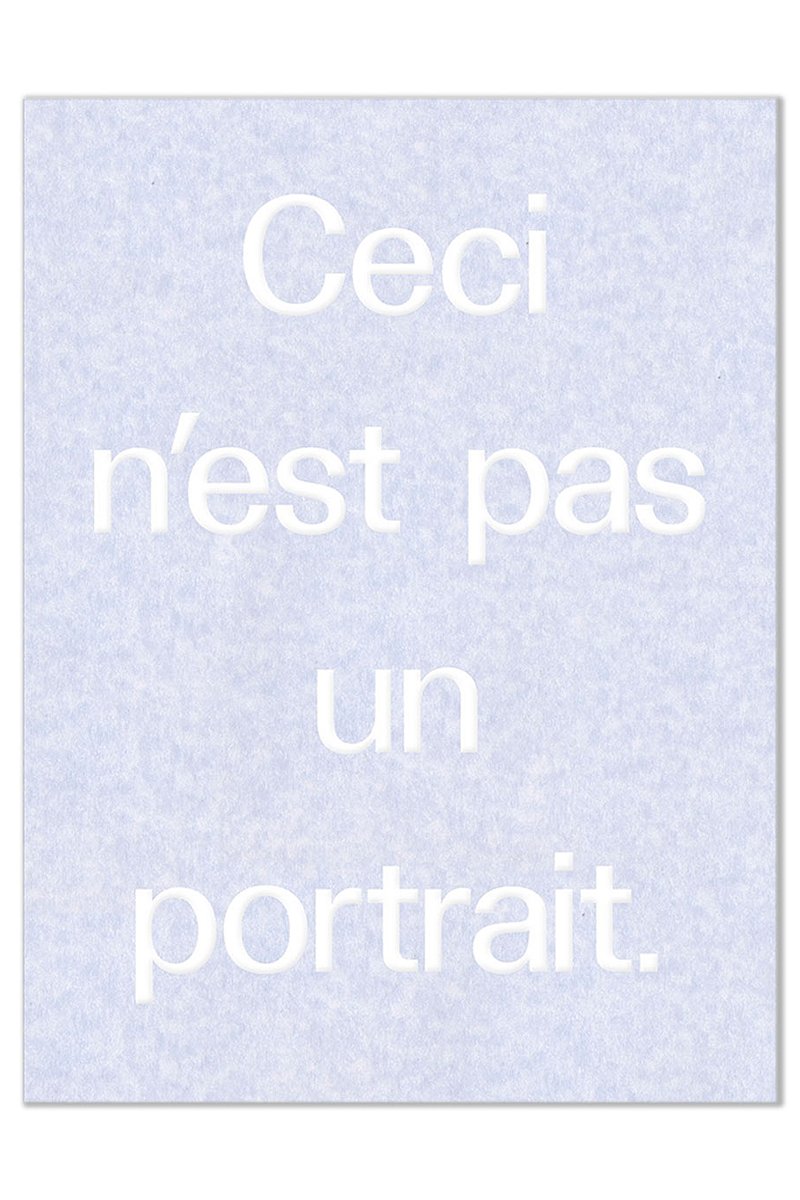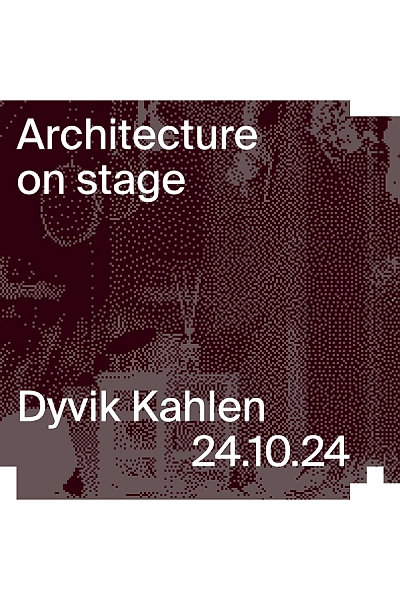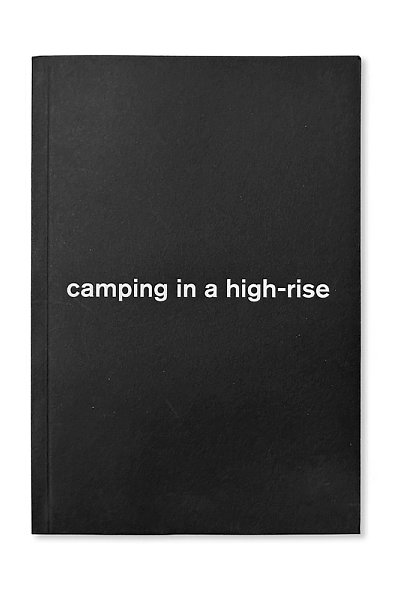Dyvik Kahlen is an architectural practice. Founded by Christopher Dyvik and Max Kahlen in London in 2010, the office now operates from Porto and Palma.
Our work embraces all scales, from urban plans and housing to exhibitions and furniture. In collaboration with public institutions, developers, municipalities, private clients, curators, art galleries and brands, we develop and build projects worldwide.
General enquiries: post@dyvikkahlen.com
Job opportunities: jobs@dyvikkahlen.com
Social media: Instagram
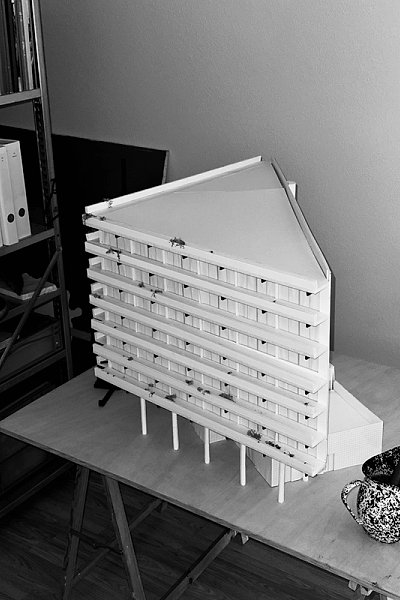
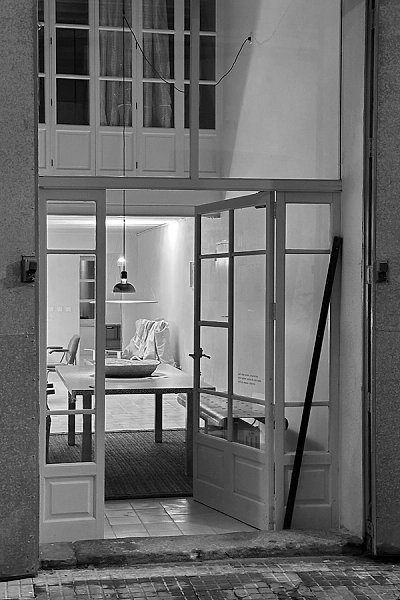
Dyvik Kahlen, Office & Workshop
Praceta Eng. António de Almeida 70 R/C 3
4100-065 Porto, Portugal
+351 910 156 057
Dyvik Kahlen, Office & Showroom
Carrer Sant Elies 4, Local Izquierda
07003 Palma, Spain
+34 646 864 181
Max Kahlen, Christopher Dyvik, Leonor Teixeira Dias, Gabriela Meszaros. Previous : James Anicich, Sophia Chang, Michael Cheung, Remy Crettenand, Ivana Cobejova, Leopold Castin, Carme de Cara Nadal, Daniela Puga, Daniel Eguren, Miscia Leibovich, Richard Leung, Patricia Roig, Wadir Sarwar, Francisco Pereira, Alexandra Kvasnicova, Alexandra Paritzky, Isabel Pietri, Min Myung Son, Jørgen Tandberg, Alex Otiv, Laurence Lumely, Manfredi Villarosa.
Architectural Association, London
Arket (H&M Group), Stockholm
Barbican Centre, London
Buchhandlung Walther König, Cologne
CCA Canadian Centre for Architecture, Montreal
Danish Architecture Center, Copenhagen
The Design Museum, London
Friedericianum, Kassel
London College of Fashion, London
MMK, Museum für Moderne Kunst, Frankfurt
The National Museum, Oslo
Pocket Living, London
Schipper Bosch Projecten, Amersfoort
Sharjah Art Foundation, UAE
Somerset House, London
Victoria & Albert Museum, London
Royal Academy of Arts, London
The Royal College of Art, London
The Wellcome Collection, London
Zak Group, London
Essay in 'ceci n’est pas un portrait'
Edited by Fala Atelier and Atelier Local
Book 'Dyvik Kahlen In Practice – Villa Ruba'
MER, Borgerhoff & Lamberigts, 2023
Contribution to Casabella 930 'Other Londons'
Edited by Ellis Woodman, February 2022
Contribution to AJ Specification 'Walls, ceilings and partitions'
Architectural Journal, May 2022
Contribution to 'Rotterdam Ripresa'
Architectura & Natura and Lemon Press
Edited by Marius Grootveld, December 2022
Contribution to 'Super BANAL'
Zeppelin Magazine, May 2022
Book 'Camping in a High-Rise'
The Royal College of Art, ADS5, July 2020
Contribution to 'Resilience and Joy'
Porto Academy, Indexsnewpaper, Porto 2020
Essay in 'The Architecture Machine'
Architecture Museum TU Munich
Birkhauser, October 2020
Essay in 'Architecture is just a Pretext'
Carnets, 2019
Contribution to 'Alternative Histories'
The Architecture Foundation and Drawing Matter, 2019
Essay in Hiatus 'Postkarten aus London'
Birkhäuser, Nov 2017.
Interview in Frog Magazine #16
by Flavien Menu, Nov 2016
Contribution to New Architects 3
Architecture Foundation, Jun 2016
Contribution to New Generations Issue,
L’Architecture d’Aujourd’hui, June 2014
'Never Finished' for The Architecture Foundation
The Barbican, London, October 2024
'Daily Camping' at The Berlage
Delft University Technology, Rotterdam, April 2023
Conversation with Bajet Giramé 'Production of images'
Post Like, 2023, Young Architecture Biennial of Catalonia, Barcelona.
'Daily Camping' at Konstakademien
Stockholms Arkitektförening, April 2022
'What we talk about when we talk about Architecture'
University of Technology, Sydney, October 2021
'A House and its Ideal Neighbour'
Melbourne School of Design, October 2021
'Ambiguous Architecture & Inhabitable Structures'
TU Munich, May 2021
'A constant dialogue with Antoine'
Bergen Architecture School, May 2021
'A bedroom is a room with a bed'
Syracuse University, London, September 2020
'Columns, Twins, Rooms'
Porto Academy, Porto, July 2019
'Little Village' as part of 'In Practice' with Raamwerk
KULeuven Faculty of Architecture, Brussel, May 2019
'Columns, Twins, Rooms' at Oslo Arkitektforening
Arkitekthøgskolen in Oslo, Mar 2019
'Columns, Twins, Rooms' at
Syracuse University, London, Nov 2018
Metamorphoses Symposium
Architecture Foundation London, Oct 2018
'Twins, Mirrors, Columns, Pillars' for The Mirror Series
Campo at Betts Project, May 2018
'Corridor' at the Le Bourg Concert Hall
Lausanne, May 2018
El Simposio Internacional: De la Villa a la Celula
Universidad Católica in Santiago, Chile. Apr 2018
'Columns, Twins and Other Things' for Inside/Out
Royal College of Art, February 2018.
Conversation with Gafpa Architects at the World Trade Centre
Brussel, Aug 2017
Interview with Andrew Clancy for Register Podcast
Kingston University, Mar 2017
'A Model, a Sketch, a Collage, a Photograph, a Drawing'
Lecture at Kingston University, London, Nov 2016
‘The Small House and the Multifunctional City’
at the Architectuurcafé in Amersfoort, Mar 2015
‘Whats Next’ Series at the Architectural Association
London, Nov 2014
Design Master Class at The Berlage, Rotterdam
Tutor Max Kahlen, November 2023
Royal College of Art, Postgraduate Course, ADS5
Studio Tutor Max Kahlen, Christopher Dyvik, 2018-2022
Architectural Association, Diploma Unit 3
Unit Tutor Max Kahlen, 2008-2010
Architectural Association, First Year Studios
First Year Unit Master Max Kahlen, 2011-2014
Architectural Association, Media Studies
Tutor Max Kahlen, 2010-2013
Architectural Association, Media Studies
Tutor Christopher Dyvik, 2012-2013
RCA Summer School 2022
Tutor Max Kahlen, Christopher Dyvik
RCA Summer School 2023
Tutor Max Kahlen, Christopher Dyvik
Summer School 'Real Estate Architecture 2'
Tutor Max Kahlen, Christopher Dyvik, 2017
Porto Academy Summer School 2019
Tutor Max Kahlen, Christopher Dyvik
AA Summer School
Tutor Max Kahlen, 2008
Contribution to 'BOXES'
Dropcity, Milan, 2025
Contribution to 'Campo - Aperture'
Fondazione Pastificio Cerere, Rome, 2025
Contribution to 'Hand and Machine'
Nasjonalmuseet, Oslo, 2024
Dyvik Kahlen & Daily Camping @ BAP!
Landscape Biennale BAP!, Versailles 2022
Dyvik Kahlen & Daily Camping @ Nuno Centeno
Gallery Nuno Centeno, Porto 2022
Contribution to 'The Architecture Machine'
Architecture Museum TU Munich, 2020
Contribution to 'Building Stories' curated by Brandão Costa Lima
Centro Cultural de Belém, Lisbon 2018
Contribution to 'Alternative Histories'
The Architecture Foundation and Drawing Matter
6 Cork Street, London 2017
Contribution to 'A Minor Architecture'
Espacio Valverde, Madrid, Jan 2017
Contribution to AIRBNB Pavilion
Venice, June 2014
The following text is a taken from the publication "Ceci n'est Pas un Portrait" a publication edited by Fala Atelier and Atelier Local. It's a reflection on the young architectural scene in Portugal.
I moved to Portugal a few years ago, for several reasons. London was becoming too expensive, too divided, too hectic. My wife is from Porto and somehow it made sense to restart our life somewhere close to family. The impact of Covid had already introduced the habit of online meetings to our clients and us, and made it easier for Christopher(my office partner) and I to collaborate remotely. And yes, Porto did feel remote. It’s sort of at the end of the continent, with nothing else except the Atlantic ocean beyond. When I arrived, work was slower, lunches longer. There were still craftsmen on site, in-situ concrete, granite, tropical wood that hinted to its historic ties to Africa and Brazil and a lot of beautiful cheap local marble. On building sites things were less clear, no real yes, nor real no, rather a maybe. Labour was affordable, details and compositions could be tested, played with, removed or redone. The changing weather, raw humidity and rain felt familiar. Also the fact that the houses hardly had any heating, they either leaked or humidity crept in. Instead of building with bricks, one used concrete blocks and granite stones. Concrete skeletons were the default structure for any building type, because of earthquakes, even though Porto and the north of Portugal has no history of earthquakes. Water had to be channeled, houses separated from the ground. Outside Porto there was no defined boundary between village and landscape, but rather an undefined sprawl of houses, sheds, add hoc extensions. An eclectic mix of rundown historic buildings, DIY houses and an interpretation of what people thought was modern. Every building was different, individual, on its own, a statement of the owner’s wishes, personality, sometimes just a solution to a practical necessity. In order for me to get closer, to understand where I had landed I set out to see the countryside and projects of other contemporaries. My wife and I spent many weekends and holidays traversing the country looking at buildings, villages, details and landscapes. Our children would get bored in the back of the car. It seemed like people appreciated the work of the architect, and that architects were allowed to design. A bit like jazz, they worked with principles and patterns, they adapted and introduced free moves and played with ordinary materials. The peculiar contexts, limitations in budget, local craftsmanship and common materials had set good constraints for this play. Even though the photographs of this book remind me of my trips, I’m not exactly sure what makes them so clearly Portuguese. Perhaps it does not matter. This atlas of images has no logic nor hierarchy and should be read as a simple collection of spatial desires, principles and feelings from the Portuguese landscape. I try to look at them without preconceptions and am curious to understand the underlying intentions and reasons. But I also have things on my mind, questions related to projects that we work on, that alter the way I look at these photographs. Its random order disguises the individual projects and I continue to enjoy formulating my own readings. Each time I flip through the pages I recognise different details and get new ideas.
